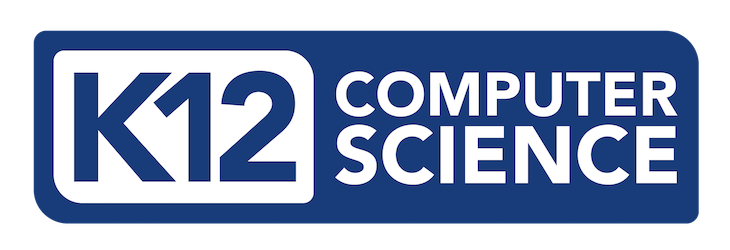The full version of this content can be found in the Vision for K–12 Computer Science chapter of the complete K–12 Computer Science Framework.
 The power of computers stems from their ability to represent our physical reality as a virtual world and their capacity to follow instructions with which to manipulate that world. Ideas, images, and information can be translated into bits of data and processed by computers to create apps, animations, or autonomous cars. The variety of instructions that a computer can follow makes it an engine of innovation that is limited only by our imagination. Remarkably, computers can even follow instructions about instructions in the form of programming languages. More than just a tool, computers are a readily accessible medium for creative and personal expression. In our digital age, computers are both the paint and the paintbrush. Computer science education creates the artists.
The power of computers stems from their ability to represent our physical reality as a virtual world and their capacity to follow instructions with which to manipulate that world. Ideas, images, and information can be translated into bits of data and processed by computers to create apps, animations, or autonomous cars. The variety of instructions that a computer can follow makes it an engine of innovation that is limited only by our imagination. Remarkably, computers can even follow instructions about instructions in the form of programming languages. More than just a tool, computers are a readily accessible medium for creative and personal expression. In our digital age, computers are both the paint and the paintbrush. Computer science education creates the artists.
Despite the availability of computers in schools, the most significant aspect of computing has been held back from most of our students: learning how to create with computers (i.e., computer science). Instead of being passive consumers of computing technologies, students should become active producers and creators.
What is Computer Science?
As the foundation for all computing, computer science is defined as “the study of computers and algorithmic processes, including their principles, their hardware and software designs, their [implementation], and their impact on society” (Tucker et. al, 2003, p. 6).
Unfortunately, computer science is often confused with the everyday use of computers and computer applications, such as learning how to access the Internet and use digital presentation software. Parents, teachers, students, and local and state administrators share this confusion. The K–12 Computer Science Framework clarifies not only what computer science is but also what students should know and be able to do in computer science from kindergarten to 12th grade. Computer science builds on computer literacy, educational technology, digital citizenship, and information technology. Their differences and relationship with computer science are described below.
Computer literacy refers to the general use of computers and programs (i.e., computer applications) such as productivity software. Previously mentioned examples include performing an Internet search and creating a digital presentation.
Educational technology applies computer literacy to school subjects. For example, students in an English class can use a web-based application to collaboratively create, edit, and store an essay online.
Digital citizenship refers to the appropriate and responsible use of technology, such as choosing an appropriate password and keeping it secure.
Information technology often overlaps with computer science but is mainly focused on industrial applications of computer science, such as installing and operating software rather than creating it. Information technology professionals often have a background in computer science.
These aspects of computing are distinguished from computer science because they are focused on using computer technologies rather than understanding why they work and how to create those technologies. Knowing why and how computers work (i.e., computer science), provides the basis for a deep understanding of computer use and the relevant rights, responsibilities, and applications. The framework envisions a future in which being computer literate means knowing computer science.
